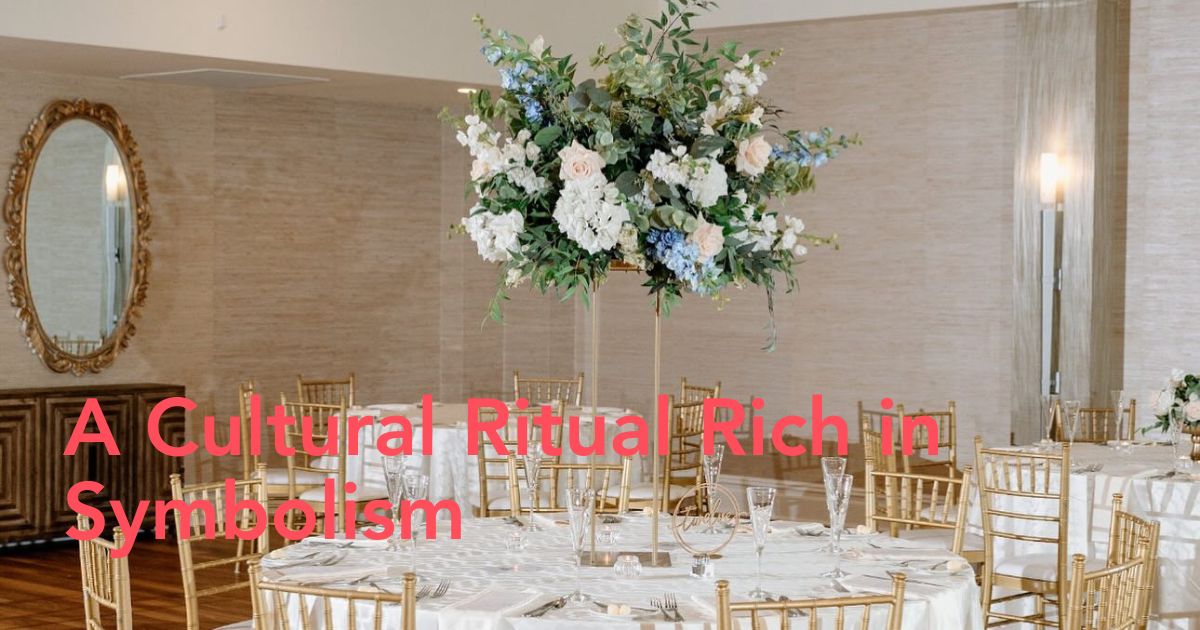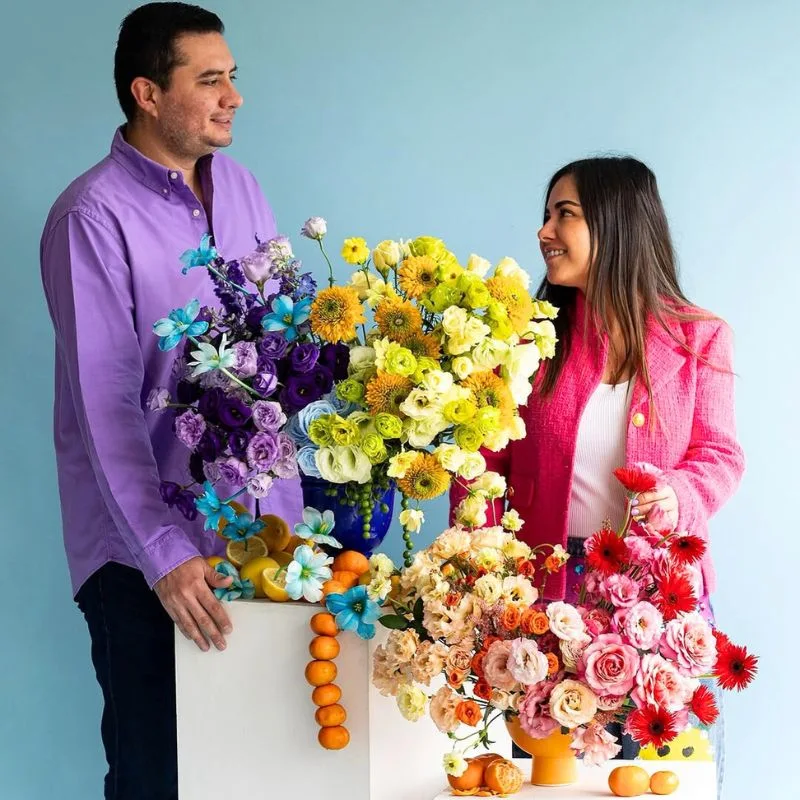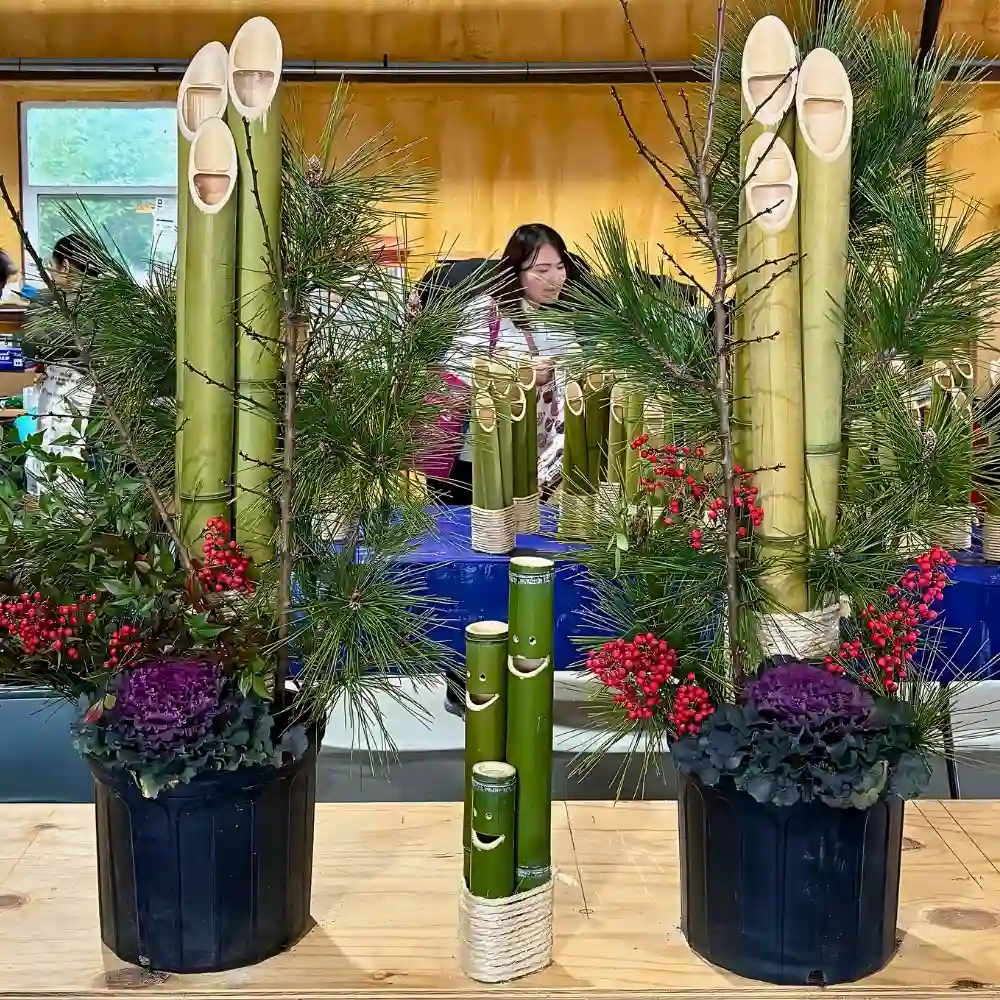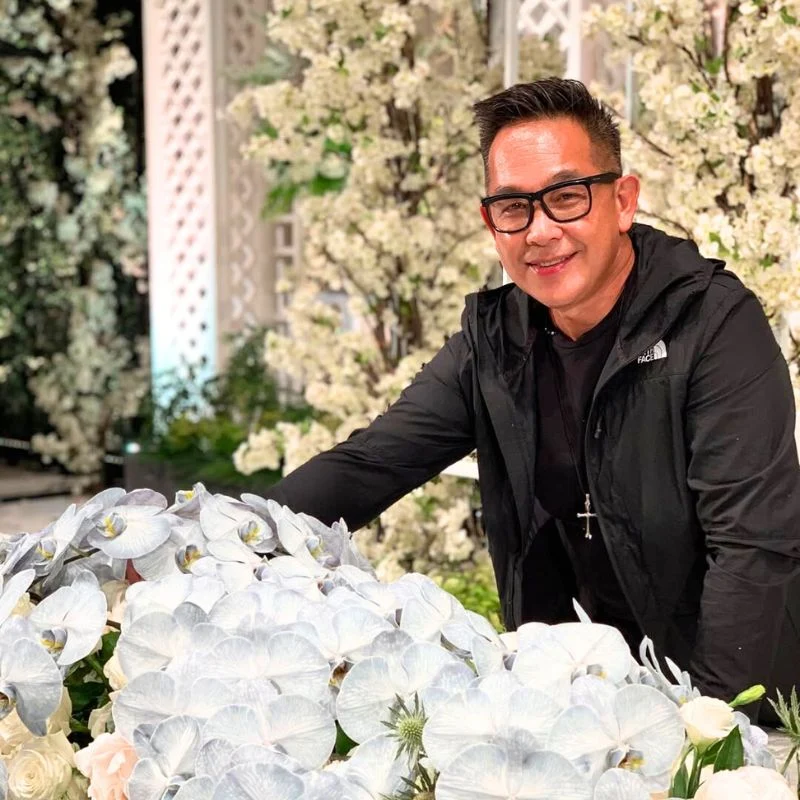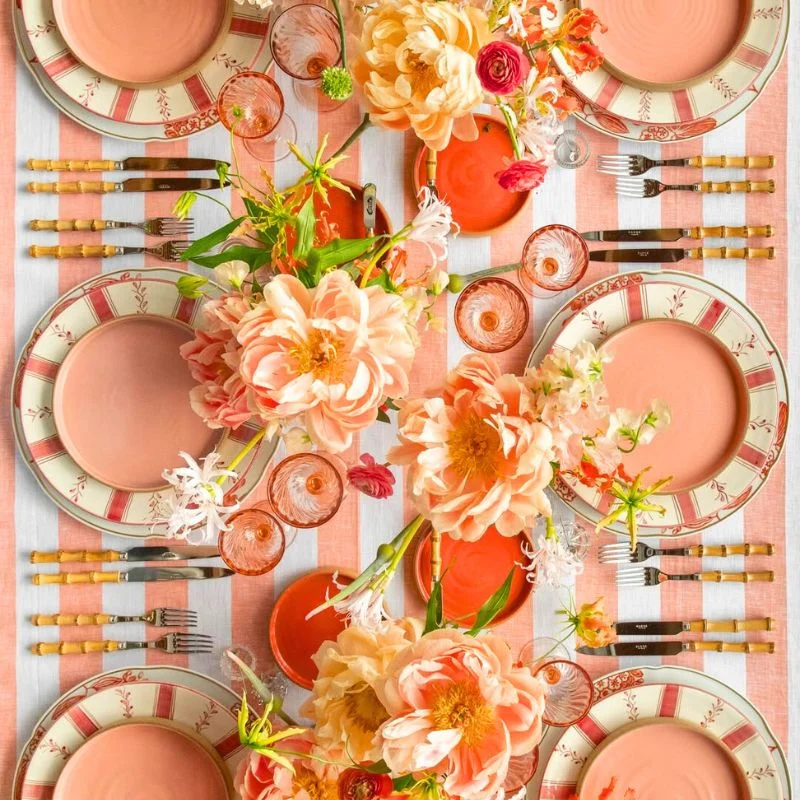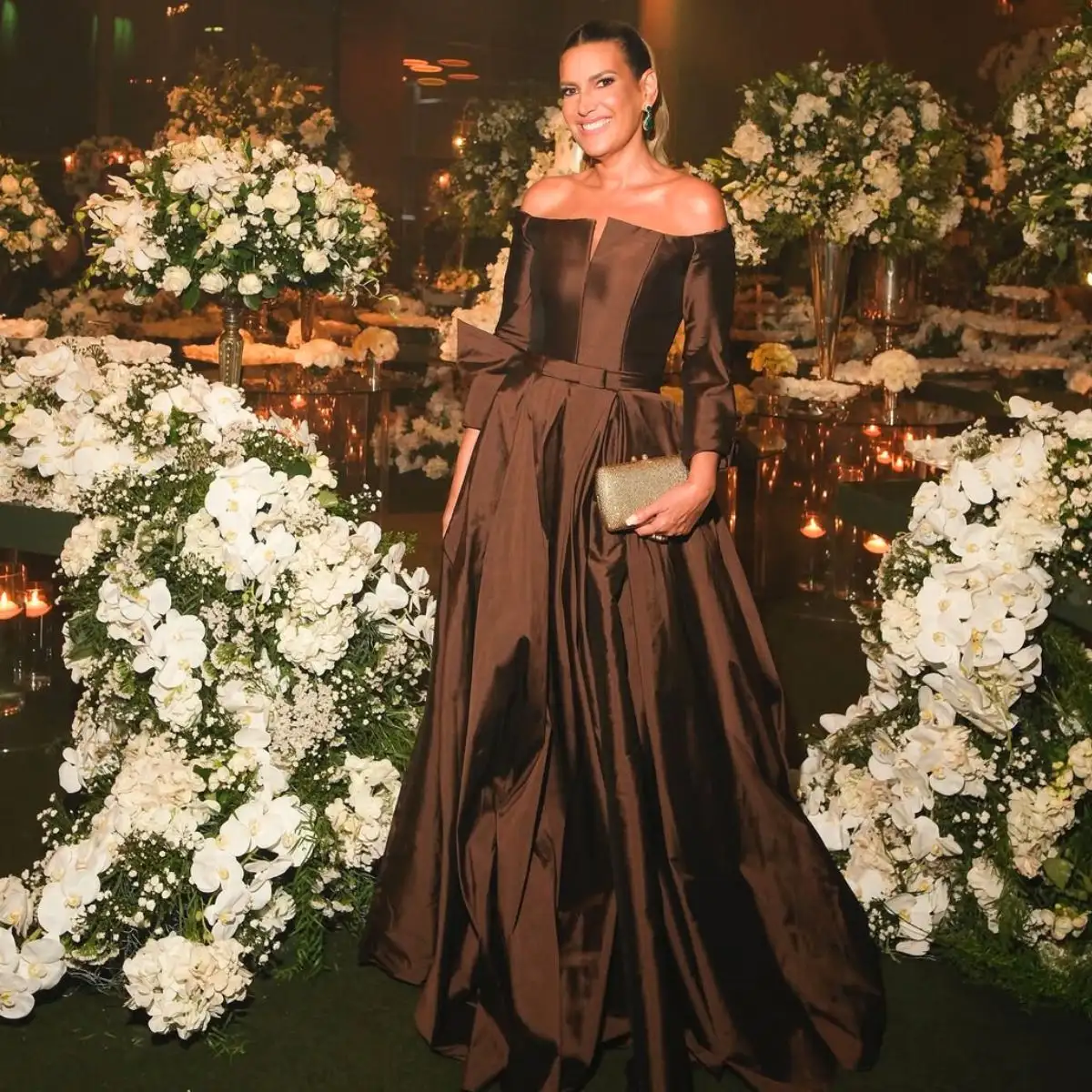A wedding is more than a union between two people — a cultural ritual rich in symbolism, ceremony, and meaning. Among all wedding elements, flowers hold a special place. Across cultures, they are used not only for decoration but also to convey blessings, protection, fertility, loyalty, and ancestral remembrance.
Despite the vast diversity in floral choices and meanings, one thing remains consistent: flowers accompany every wedding ceremony stage, from the bride's bouquet to the final reception arrangements.
The Geography of Floral Symbolism
Today, wedding customs often blend, and floral aesthetics have become more global. Still, traditional meanings persist—especially in cultures with strong ethnic identities. Ordering flower delivery in Belgrade, for example, may involve not just a beautiful arrangement but a selection of flowers imbued with local meaning—symbolizing purity, abundance, or protection from the evil eye.
Different countries ascribe different meanings to flowers in the context of marriage. Let’s examine how floral traditions appear around the world.
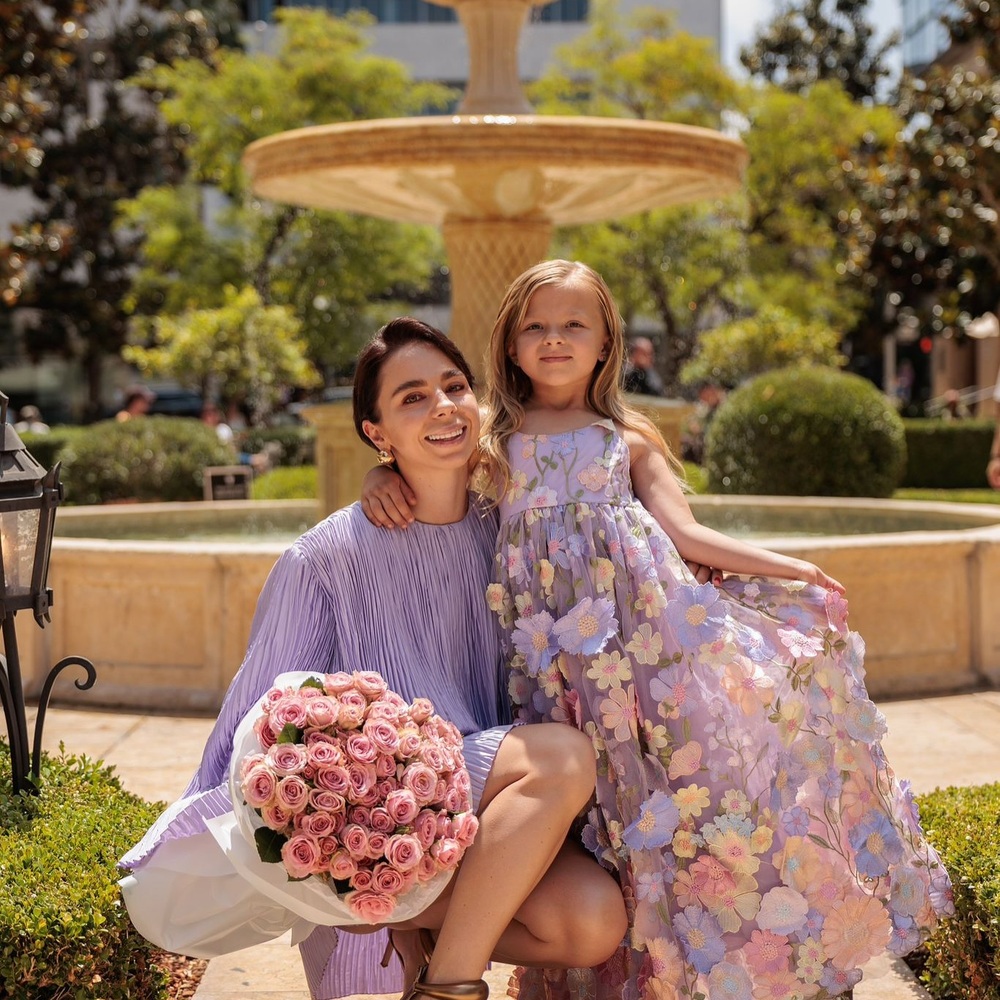
Europe: Rituals and Aesthetics
United Kingdom
In British tradition, the bridal bouquet plays an important role. Since the Victorian era, the "language of flowers" — floriography — has influenced bouquet design. Each flower carries a meaning: roses for love, myrtle for fidelity, lavender for peace. Brides often include flowers that reflect family history or their place of birth.
Germany
In German weddings, flowers are presented to the bride and the parents, symbolizing the joining of families. Bouquets often feature white and pink roses, calla lilies, and freesias. Seasonal blooms are preferred, as a sign of harmony with nature.
Serbia
Serbian floral traditions are deeply rooted in folklore. One of the oldest customs involves attaching small floral boutonnieres (zvanice) to guests’ clothing — a mark of inclusion in the celebration. Brides may wear a crown of fresh flowers, and floral decorations in churches or venues symbolize purity and protection from evil spirits.
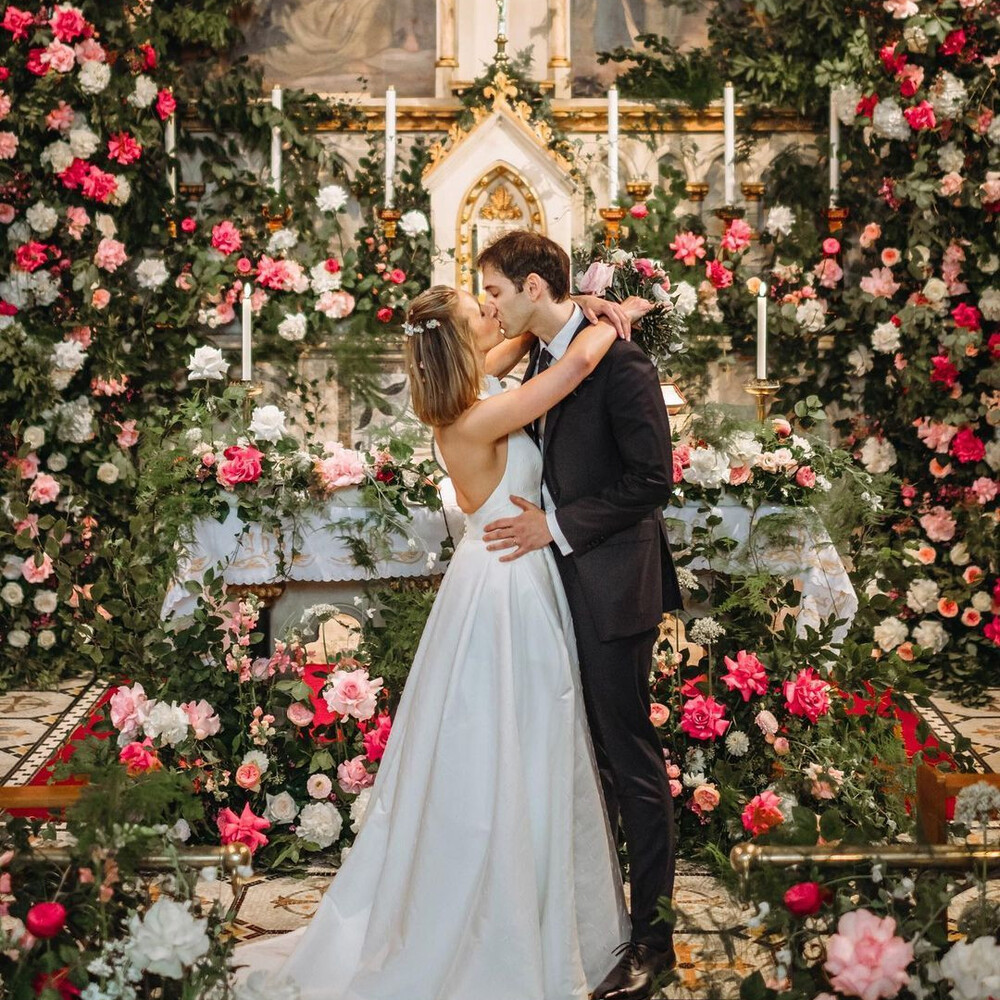
Asia: Sacred Symbols and Ceremony
India
In Indian weddings, flowers are central to nearly every stage. A signature element is the exchange of garlands (malas) between the bride and groom — a ritual symbolizing acceptance and equality. Flowers are also used to decorate the altar, the home, and food. Jasmine and marigolds are significant, representing purity, abundance, and divine blessing.
Japan
Japanese weddings are minimalist but deeply symbolic. Camellias and chrysanthemums are common, representing longevity and respect. Ikebana arrangements — precise, artistic compositions — are often used, where each shape and line holds symbolic value.
China
In Chinese culture, red is the color of luck and happiness, so red peonies, chrysanthemums, and orchids are common in weddings. Flowers are part of the ceremony itself — for instance, petals may be added to tea served during the traditional tea ceremony. Every bloom is intentional and layered with meaning.
The Americas: Blending Cultures and Modern Styles
United States
American weddings are known for personalization, but floral choices often reflect the couple’s ethnic or regional background. Peonies, roses, hydrangeas, and anemones are popular, with recent trends favoring minimalist arrangements and dried flowers. Southern U.S. weddings, for example, might incorporate magnolias as symbols of tradition and heritage.
Mexico
Mexican weddings embrace color and abundance. Floral arches, garlands, and crowns are familiar. Bright orange and yellow marigolds symbolize warmth, energy, and spiritual connection. Flowers are often woven into the bride’s veil or hairstyle as a vibrant expression of joy.
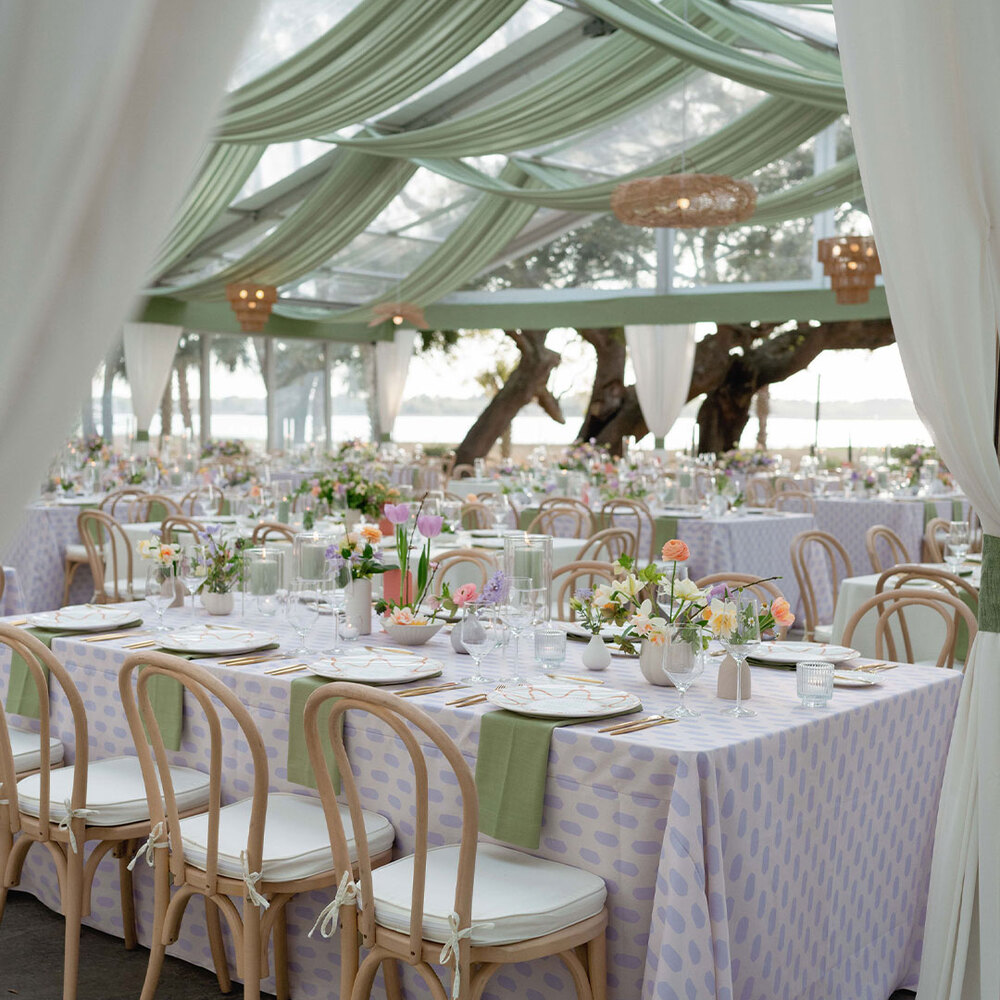
Africa and the Middle East: Flowers as Blessing and Protection
In Morocco, Tunisia, and across North Africa, flowers play a role in pre-wedding rituals such as the hammam — a ceremonial bath where the bride is cleansed with floral water, often infused with rose petals, lavender, or orange blossom. During the wedding, flowers are used to decorate cushions and ceremonial spaces.
In Ethiopia and Nigeria, wedding florals may incorporate traditional fabrics and natural materials. Flowers can be worn as part of the bride's attire or brought in by relatives as a symbolic gift representing femininity, beauty, and fertility.
Modern Trends and Cultural Respect
Globalization and visual platforms like Pinterest and Instagram have standardized specific floral aesthetics. Yet, there's a growing interest in authenticity and cultural expression. More and more couples are incorporating local flowers, family traditions, or meaningful symbols into their floral choices — herbs from a grandmother’s garden, native plants, or motifs passed down through generations.
Flowers are not just beautiful; they are increasingly seen as an opportunity to express identity and values. As a result, traditional floral customs are not fading — they’re being thoughtfully revived and reinterpreted.
Flowers as the Universal Language of Weddings
Flowers speak a language understood worldwide. They represent love, respect, unity, memory, and light. Wedding traditions across cultures reflect this truth: in every corner of the world, flowers help define the atmosphere, ritual, and emotional depth of one of life’s most meaningful milestones.
Though the shapes and meanings may vary, the message is shared — through flowers, we express what words alone cannot.

